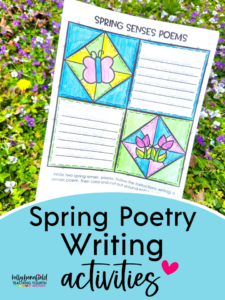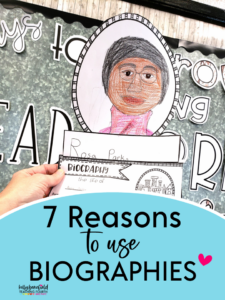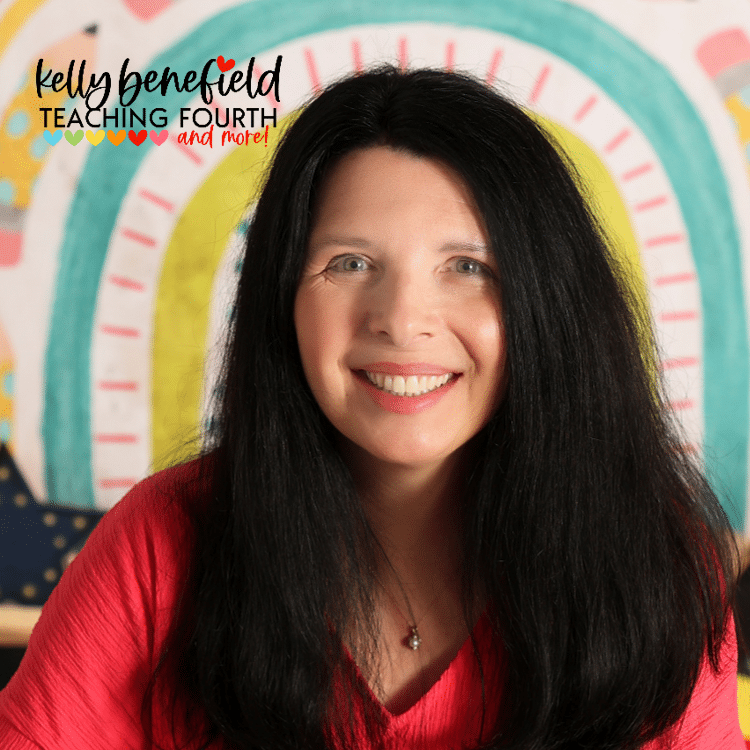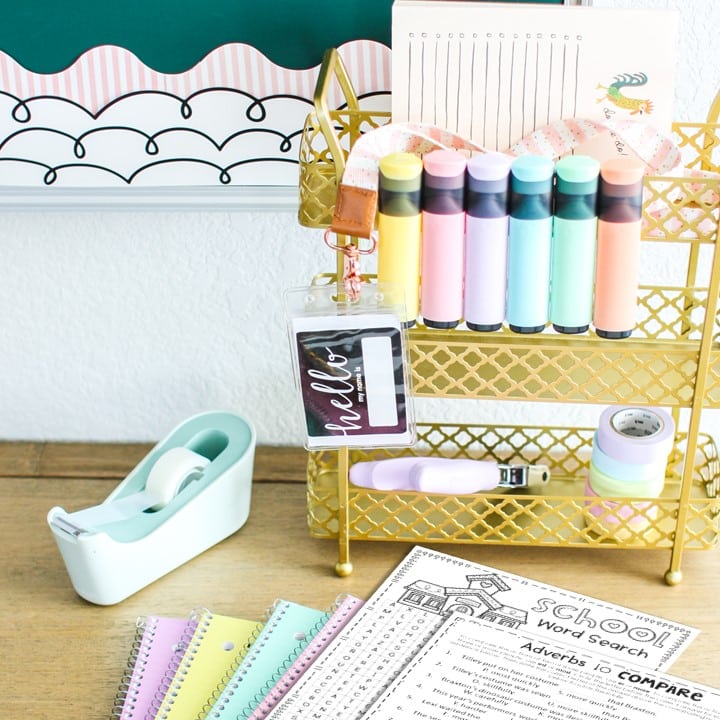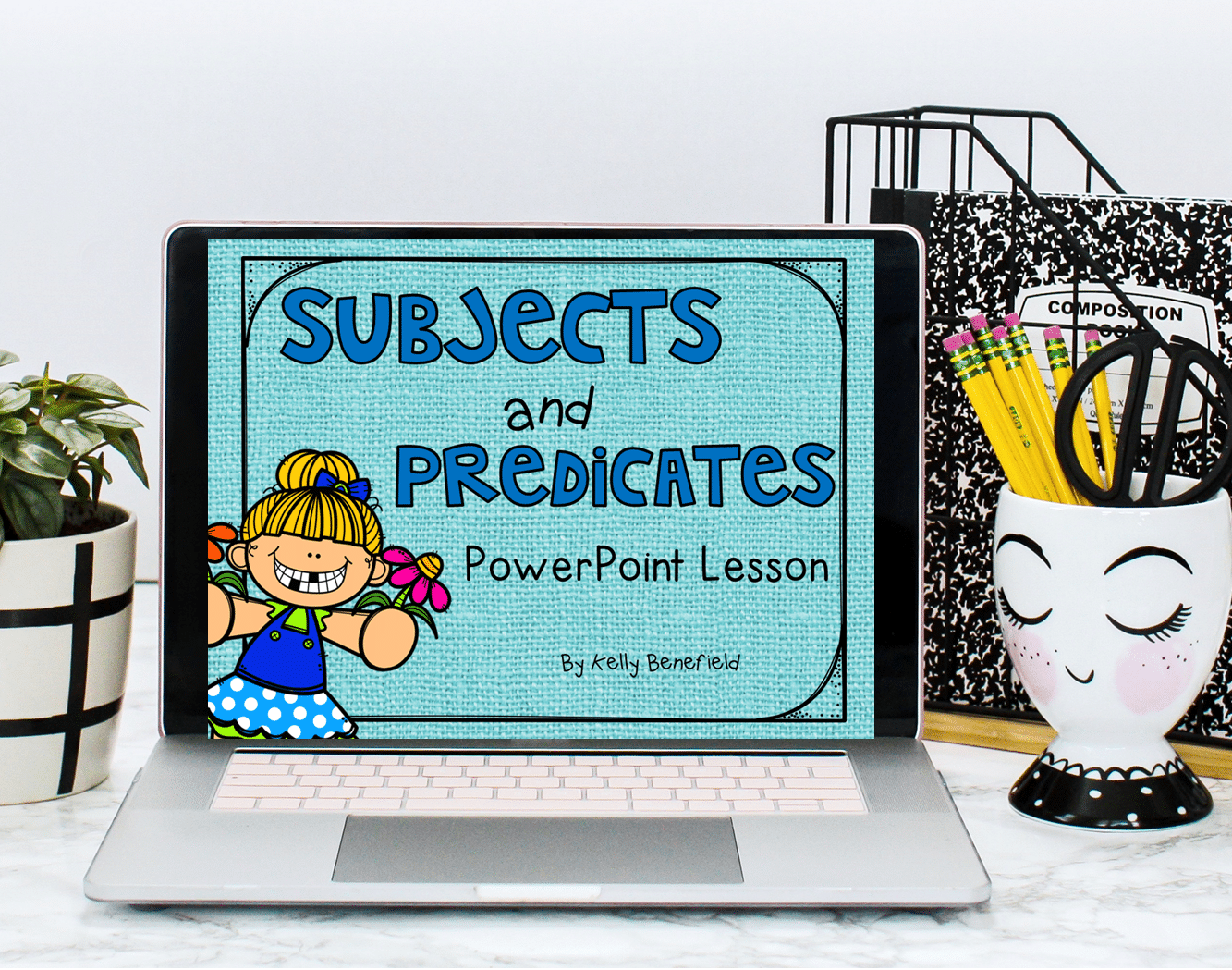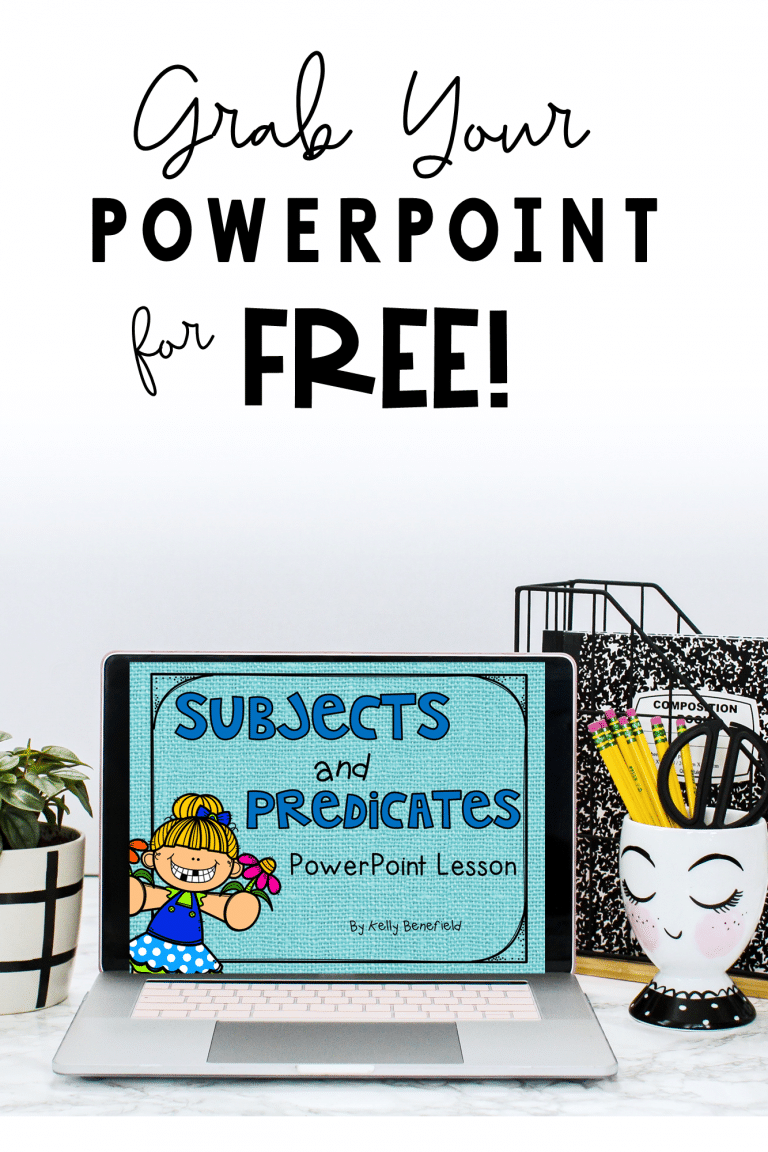Collaborative conversations in the classroom can be characterized as listening and speaking strategies in which students participate in discussions with varied partners. Through these collaborations, the goal is for students to learn to build on one another’s ideas in order to express their own ideas clearly. Whether or not your state uses Common Core Standards, we as teachers probably all agree that effective communication skills are important for our students to learn. We want our students to be capable of sharing ideas, validating opinions, and citing evidence to support argument. When we incorporate collaborative conversations into our lessons, students will gain these vital communication skills.
 |
| Tips for Using Collaborative Conversations in the Elementary Classroom |
Benefits of Using Collaborative Conversations
When we incorporate collaborative conversations into our routine, not only will our students become good communicators, we will see many other benefits as well. Benefits include:
- Students will gain a deeper understanding of the text through discussion and citing evidence.
- Students learn to make connections between reading, listening, and speaking.
- Students learn to work in groups.
- Students work with peers to ask questions, clarify meaning, compare and contrast, and analyze and synthesize information.
- Students learn to build on other’s ideas to gain deeper understanding of texts and topics.
- Students develop career and college readiness skills.
- Students learn to share and support opinions.
- Students become good communicators.
Examples of Collaborative Conversations
- Turn and Talk- This is probably the most common form and simplest to use. Once a question is posed, students simply turn to a partner to discuss. This is a very effective strategy for elementary grades. Using stem sentences also helps students speak in complete sentences. For example, if you ask, “What was one problem in the story?” Give the students the stem,”One problem in the story is________.”
- Think-Pair-Share- This strategy is very similar to Turn and Talk, but it involves writing. Once a question is posed, give students a moment to jot down an answer (think). Then have students turn to their partner and tell the answer they wrote (pair, share).
- Round Robin- Students are divided into groups. Each group member shares ideas verbally about a topic. Group members share in order, without interruption, discussions, or questions until everyone has an opportunity to share.
- Numbered Heads-Students are divided into groups of 4. Each group is given a number. The teacher asks a question and tells students to make sure everyone in the group can answer. After time is given for discussion, the teacher spins a spinner or draws a number (1 thru 4). The teacher then announces the number. Students have one more minute to make sure the student with that number can answer the question correctly. Finally, the teacher spins or draws and announces the number of the group that must answer.
Desks Arrangements to Encourage Collaborative Conversations
I love setting up my classroom to enhance and encourage collaborative conversations from the beginning of the year by placing pairs of desks close together so that everyone has an elbow partner. To be truthful, I usually start slowly. What I mean is, I like to begin with partner collaboration and model one strategy at a time. Once a strategy is modeled several times, we then practice using this strategy many times before adding a new strategy. Although it is great to have flexible partners, I usually assign partners until students are very familiar with the process, routine, and expectations.
Once the class has mastered partners (turn and talk/think-pair-share), then I like to rearrange my desks into groups of four (or five depending on the number of my students). We then work with eyeball partners and elbow partners. Once that is mastered, we begin group conversations such as round robin and numbered heads.
By scaffolding these strategies, students know classroom expectations during conversations. Once routines are clearly established to eliminate any potential behavior problems, the focus can be on increasing learning through effective conversation.
What is your favorite collaborative conversation strategy?
Blessings!


